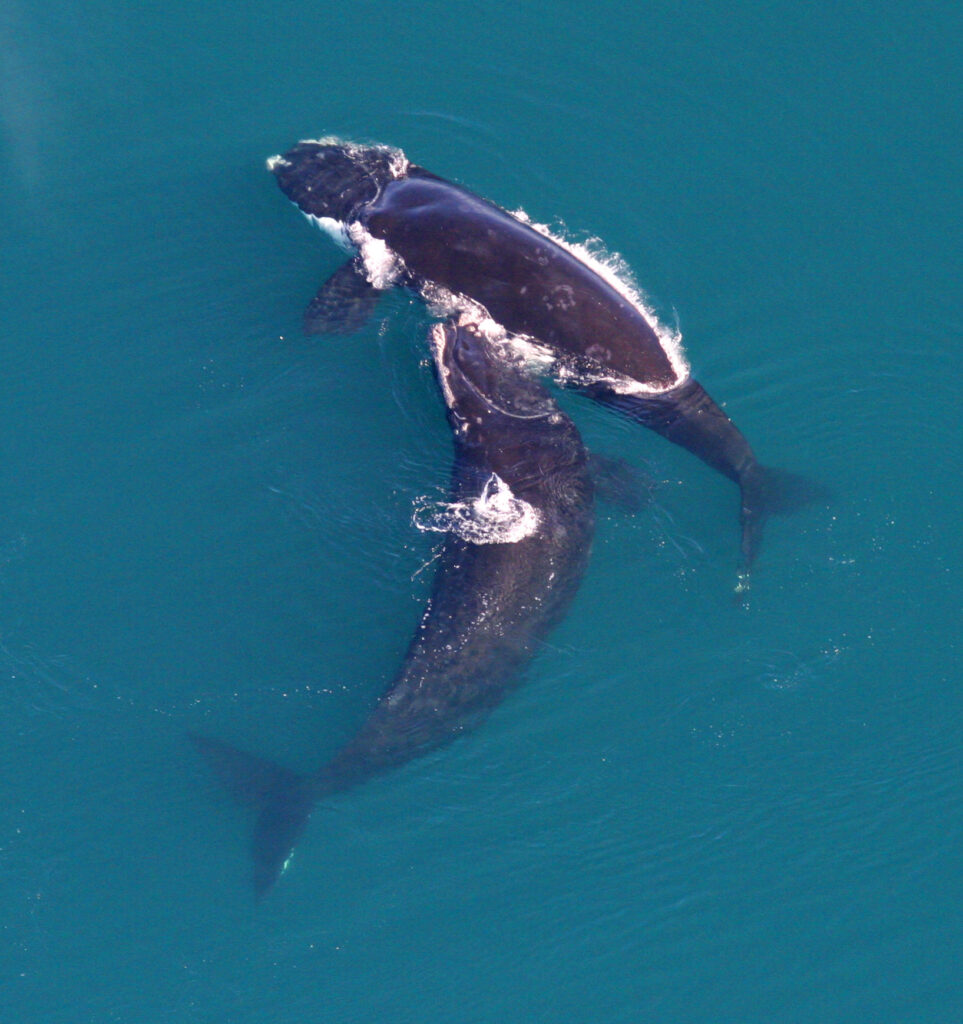
The warming of the Atlantic Ocean has driven the critically endangered North Atlantic right whale population from its traditional and protected habitat. This has exposed the whales to more lethal ship collisions, increased entanglements with commercial fishing gear, and greatly reduced calving rates.
Since 2010, the calving rate has declined, and the right whale population has dropped by an estimated 26%. Ten years ago, there were about 500 North Atlantic right whales; now there are an estimated 356.
These are some of the best studied whales in the oceans; scientists basically recognize each individual whale and when they are the victims of ship collisions or fishing entanglements, it is easy to identify which animal was killed.
Because of the warming climate, the Atlantic Meridian Overturning Circulation – an important system of surface and deep currents – has slowed down, causing the Gulf Stream to move north. This has injected warmer and saltier water into the Gulf of Maine. The warming Gulf of Maine has reduced the abundance of copepods, tiny crustations that are the favorite snack of right whales. This has reduced whale calving rates and forced the whales to move north to the cooler waters of the Gulf of St. Lawrence.
For the past 6 years, more and more right whales have been observed feeding in the Gulf of St. Lawrence, where there were no protections in place to prevent ship strikes and fishing gear entanglement. In 2017 alone, 17 right whale deaths were confirmed.
According to a recent report from Cornell University and the University of South Carolina, unless its management is improved, right whale populations will decline and potentially become extinct in the coming decades.
**********
Web Links
Warming Atlantic forces whales into new habitats, danger
Photo, posted December 8, 2016, courtesy of Sea to Shore Alliance/NOAA via Flickr.
Earth Wise is a production of WAMC Northeast Public Radio.
Leave a Reply